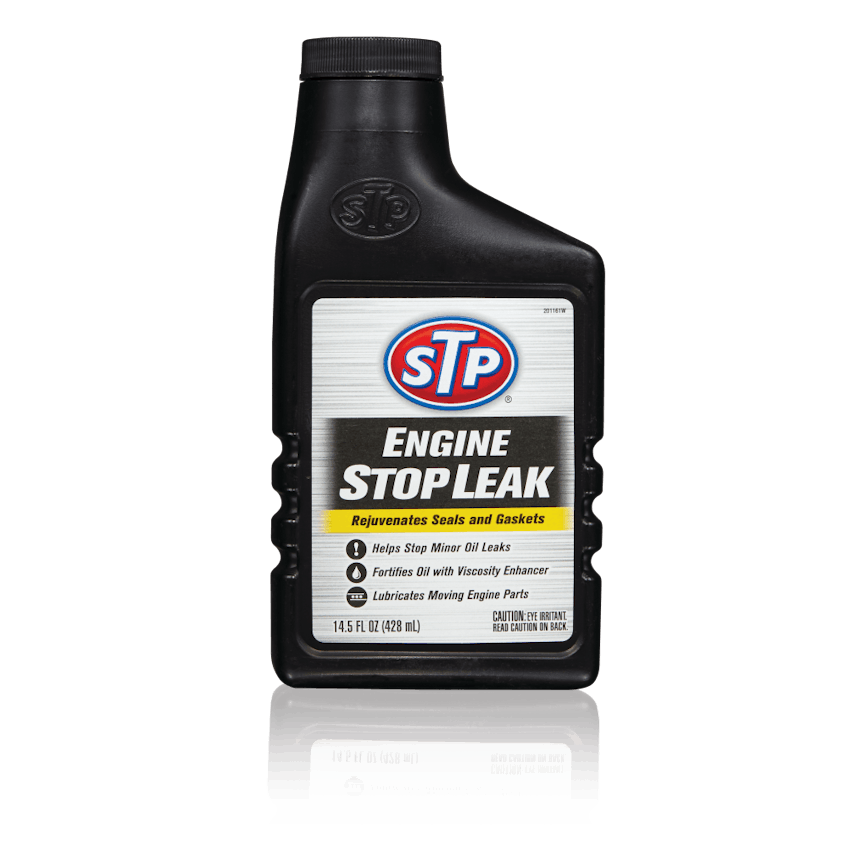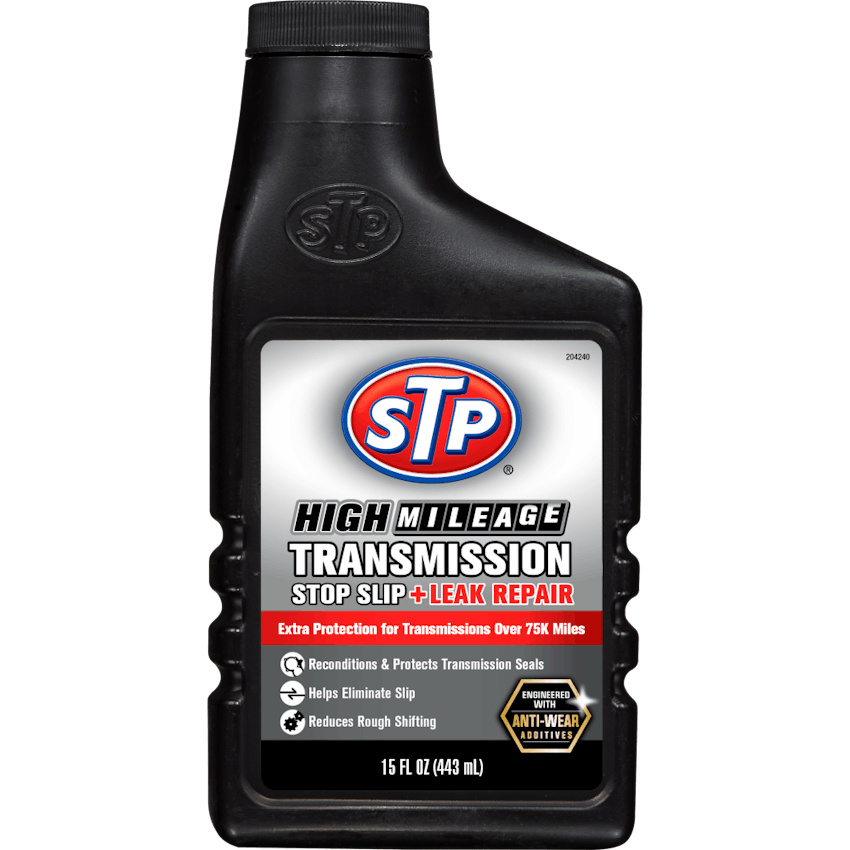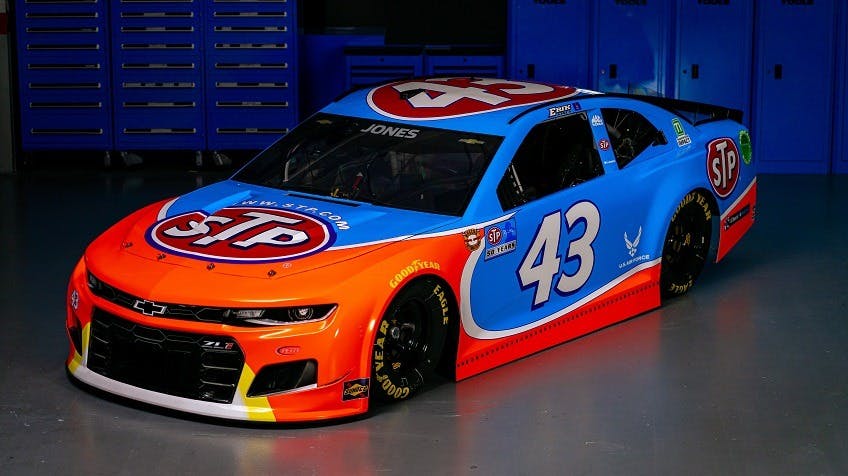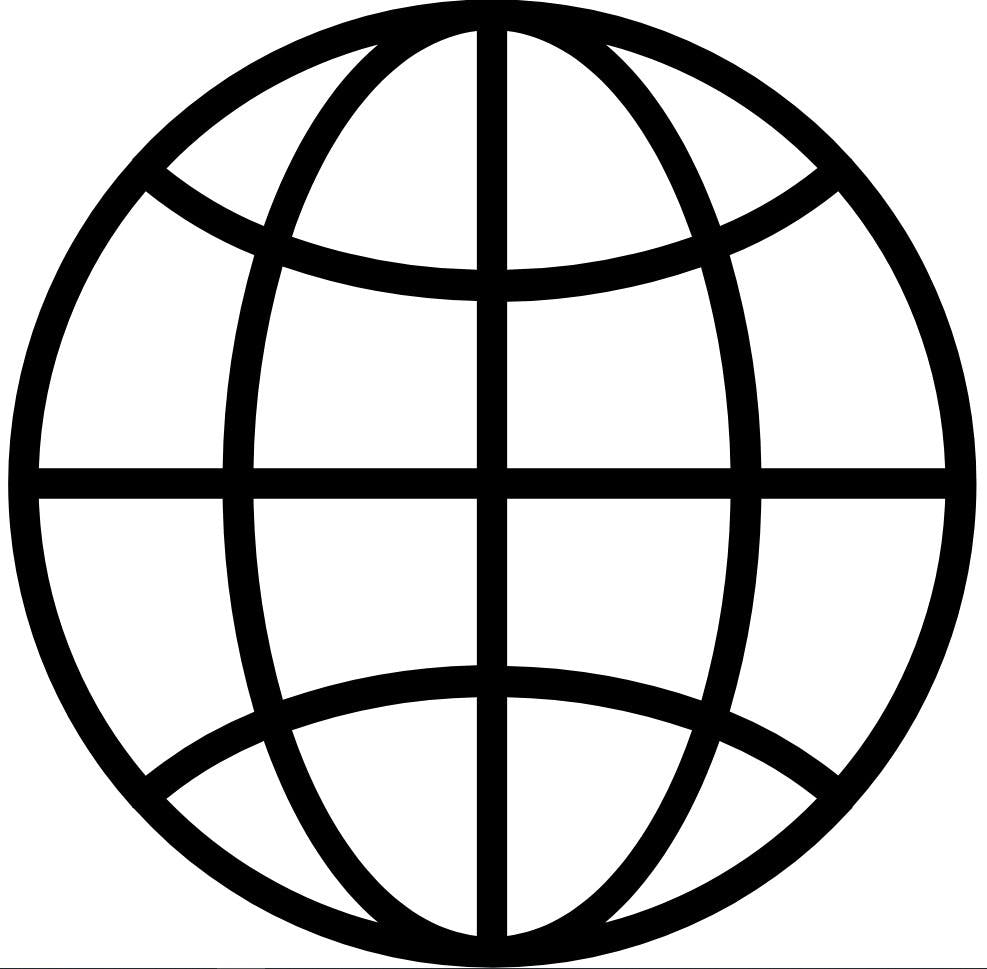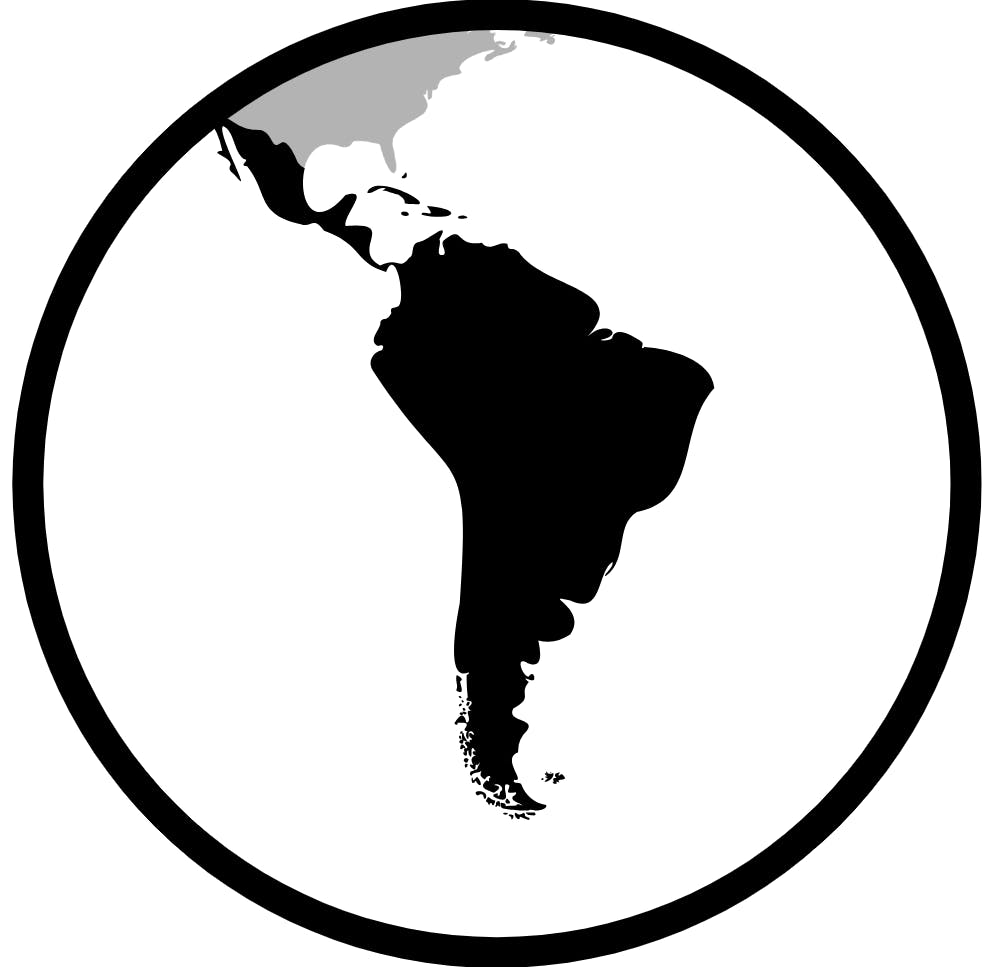Cooling System

The cooling system is what keeps the engine running at its designed operating temperature; usually between 180 and 230 degrees. Both hot and cold driving conditions require the engine’s cooling system to be in good working order.
In hot weather, the cooling system provides cool coolant to keep the engine within its operating temperature. In cold weather, it provides warm coolant to keep the engine within its operating temperature. If the cooling system cannot provide warm enough coolant, the engine will consume a greater amount of fuel unnecessarily.
Be sure to maintain the required coolant level for the cooling system to operate efficiently. A complete system flush and coolant replacement should be performed every two years.
Higher readings from your temperature gauge, engine dieseling and engine “ping” can be indicators of cooling system problems. Proper maintenance can help prevent these issues.
Always be sure to check the coolant level on a cool engine. Opening the radiator cap on a warm or hot engine can cause severe burns. Coolant is a mixture of antifreeze and water, typically 50% of each. Check the owner’s manual for recommended mix ratios.
How to Check the Coolant Level:
- Remove the radiator cap from a cool engine. Coolant level should be just below the filler neck on the radiator or at a designated level on a remote coolant reservoir.
- If the level is low, add some coolant until the level is right, according to the directions in the car owner’s manual.
- Replace the cap.
How to change coolant
Engine coolant contains additives that help prevent corrosion of the different types of metals found in a cooling system; however, these additives have a limited lifespan. Changing the coolant keeps corrosion at a minimum, enabling the cooling system to operate efficiently.
Inspecting Your Cooling System
When inspecting the coolant system, it’s a good idea to check the following:
- Radiator cap: remove the cap and inspect the rubber seal in the bottom of the cap. It should be clean and pliable. If it’s dirty, wipe it clean with a rag. If it’s hard or cracked, discard it and replace it with a new cap.
- Belts and hoses: inspect each hose and belt for cracks and damage. If damage is found on a part, it needs to be replaced.
- Water pump: inspect the pump for any signs of corrosion or leaking at its seals and weep hole. A leaky weep hole is indicative of a bad internal seal and requires an immediate replacement to prevent overheating.

